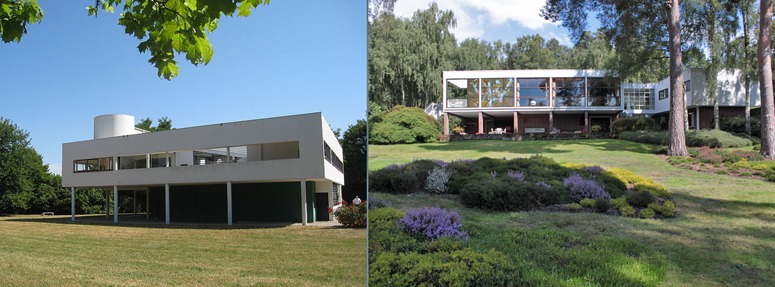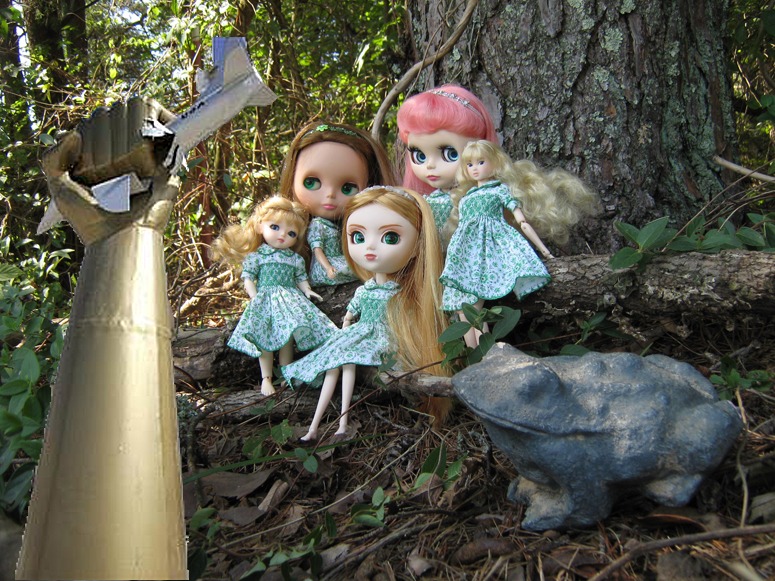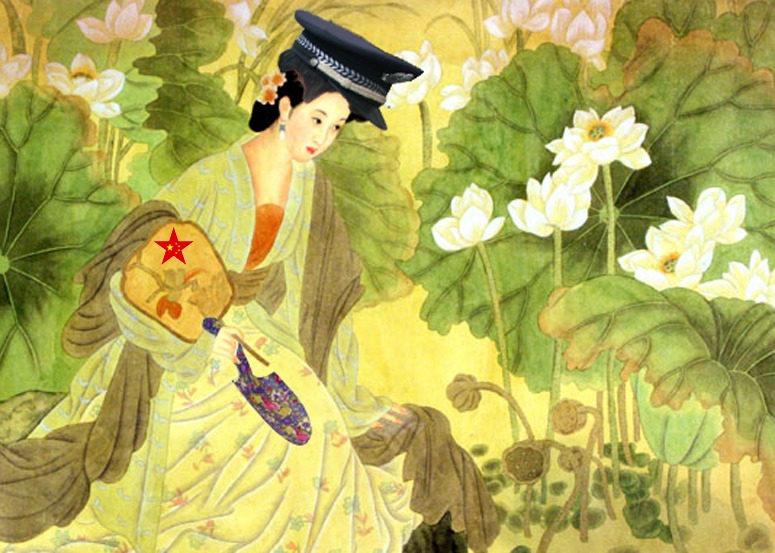Garden design for modernist architecture: Le Corbusier and Patrick Gwynne
Le Corbusier cared deeply about greenspace but liked to view if from afar and above. He was not an enthusiast for gardens, as can be seen from the Villa Savoye. It has an attractive roof terrace but is plain old grass at ground level. Many of Corb’s British admirers shared his views and gave little attention to gardens. Patrick Gwynne was a notable exception. The Homewood was designed shortly before the Second World War and its garden was dug up during the war to make space for growing vegetables. This would have made it easy for Gwynne to lay a Corbusian lawn but, over the many years he enjoyed his beautiful house, Gwynne gave much attention to making what is best described as a classic example of the Gardenesque Style. From a theoretical standpoint, it does not seem the right thing to have done. But which of them to you think had the ‘correct’ attitude to gardens? And which house would you rather live in?






